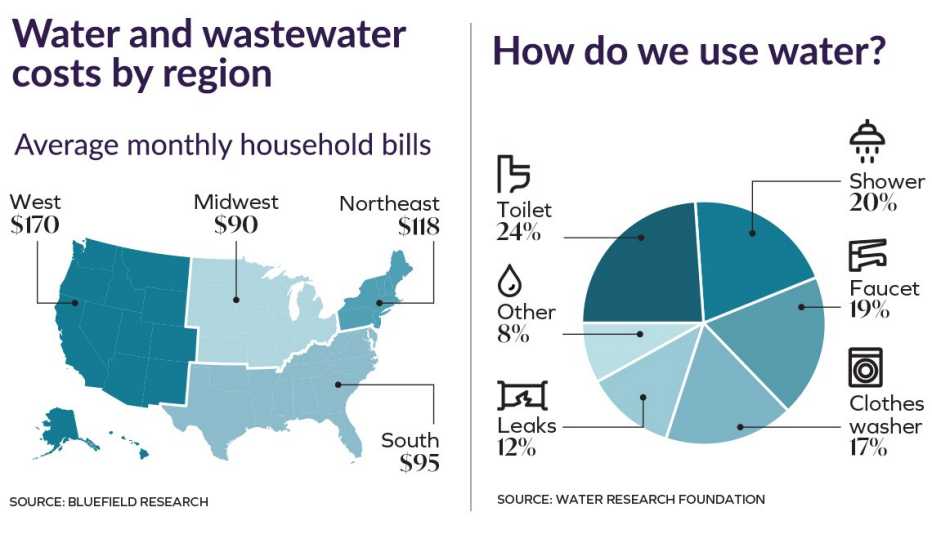AARP Hearing Center


Amid the flood of rising prices lately, here’s one you might not have expected: the cost of tap water.
“Water used to be the cheapest bill you had,” says Barry Swift, 70, a retired nurse in Des Moines, Iowa. “Now it’s just higher than heck.” Smith recently fell behind on his $150 monthly water bill and faced a shutoff.
In 2022, the average monthly water and sewage bill was about $118, according to Bluefield Research, a Boston utility research firm. That’s up 51 percent since 2012, more than double the rate of inflation over that period.
What’s driving the increases?
One factor is geographic differences; there are more than 148,000 independent public water systems in America, each with its own issues and circumstances. But upkeep of aging systems and reduced government funding are the prime culprits, Bluefield analyst Eric Bindler says. In the 1970s, the federal government paid about a third of the cost of providing municipal water, he says, but by 2010, that had fallen to about 4 percent. Costs have increasingly been passed on to consumers.
And it’s about to get worse. America’s water infrastructure — purification plants, pumps, endless miles of underground mains and pipes, and sewage-processing facilities — is in many cases 50 to 100 years old, in some places even older. Such age leads to system breakdowns and outages, making for added maintenance, material and labor costs. Inflation also plays a part in rising water bills. “The cost of pipe has gone way up, and a lot of that is due to the same supply chain issues that we are seeing in other parts of the economy,” Bindler says.
































































More From AARP
Which States Have The Most Expensive Utilities?
You don't have to move to lower your utility bills
Do You Need Water Line Insurance Sold by Utility Companies?
It depends on your home's age and emergency fundsUtility Scams
How to protect yourself from utility scams